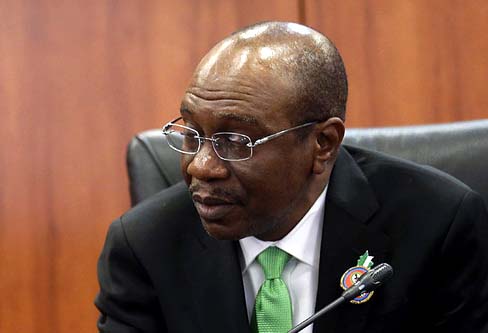Crude oil prices have been falling over the past week, losing nearly 15 percent of its value in July, to touch $42, and may burn further to $35 per barrel.
Morgan Stanley, an American financial services firm, described the trend of falling oil prices as worrisome, projecting that the prices would possibly hit $35 a barrel.
In a research note, Morgan Stanley argues that reduction in supply and output problems, which have raised oil prices, are fading.
If black gold hits $35 a barrel, it would further threaten the implementation of budget 2016, benchmarked against $38 per barrel.
Advertisement
OVERSUPPLY OF REFINED PRODUCTS
In this analysis by Market Watch, Morgan Stanley was quoted to have pointed out that one of key issues for crude is a severe oversupply of refined products from crude, namely gasoline, while demand is waning.
“Refined product glut and market share battle will weigh on crude oil. An over correction in crude oil demand from refiners is needed to clear product market overhangs,” researchers at Morgan Stanley, led by economist Adam Longson, wrote.
Advertisement
Supply disruptions such as a workers’ strike in Kuwait, wildfires in Canada’s oil sands, and attacks in Nigeria have been notable.
But those issues abate, a glut of oil-product supplies, rising US crude production and fears of anaemic global growth have been blamed for the tumble in crude futures.
STRONG US DOLLAR
However, looking beyond basic supply-demand factors, the US dollar has one of the biggest influence on moves in WTI crude since the oil grade hit its June 8 high.
Advertisement
Since that period, the buck has gained about 3.8% while crude futures have fallen about 17%.
“Global growth doesn’t really have an impact on oil in the short run. What does move around a lot is the US dollar,” said Binky Chadha, chief global strategist at Deutsche Bank, who believes the dollar has helped to dictate oil.
Chadha said global growth, valuations for oil futures and the dollar are three main variables that influence oil moves.
The fact that the buck has influenced crude prices in that way is not surprising, but the degree to which the currency weighs on oil is sometimes striking.
Advertisement
Commodity prices are inversely correlated to the dollar. The oft-cited rationale is that a stronger currency makes dollar-pegged commodities, like oil, more expensive to buyers using other currencies.
Uncertainty in the global financial world also has jostled oil prices around, with events like the UK vote to exit the European Union resulting in a rout of so-called risk assets, including oil and global equities.
Advertisement
“The US dollar always has an impact on crude. [Dollar] strength on crude will provide a stiff headwind for crude oil even if fundamentals on crude are strong,” said Tariq Zahir, managing member of commodity-trading firm Tyche Capital Advisors LLC.
“In this instance with US rigs building, Nigerian and Canadian oil all getting back online and supplies at record levels, the US dollar gaining strength is not only providing a headwind but helping crude in its current weakness,” Zahir said.
Advertisement
Crude’s weakness was not helped by data on Wednesday from the US Energy Information Administration that showed crude inventories rose 1.7 million barrels for the week ended July 22, with gasoline supplies up 500,000 barrels, reinforcing the view that high gasoline inventories are dragging crude futures lower, despite a summer period in the US, which should pull stockpiles lower.
Coincidentally, the dollar’s influence on oil is one factor Morgan Stanley’s Longson cited back in January as a threat to higher crude prices.
Advertisement
Back then, Longson stated that because there is “ no intrinsic value” to crude oil in an oversupplied market, oil tends to be vulnerable to currency gyrations.
And continued worries about oversupply seem like exactly the dynamic the crude-oil market is wrestling with again.
That may be especially the case as the federal reserve opted to leave rates unchanged on Wednesday but hinted that it might be inclined to raise interest rates in September, citing improved economic conditions.







